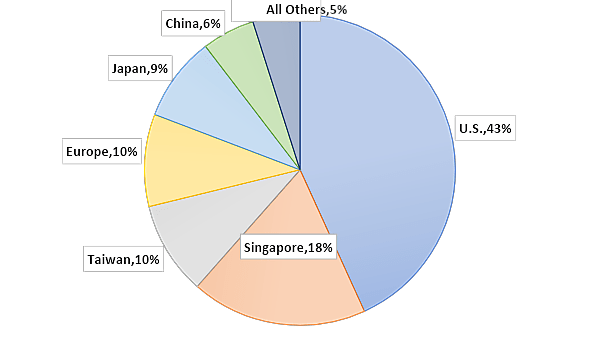he speech had an overall theme of “America first.” In the first mention of trade policy, the president began by emphasizing efforts to expand Buy American laws, which require the U.S. government to purchase American-made materials for the purposes of public construction. The president stated, Buy American “support[s] American jobs.” However, there is little evidence of this. Rather the law reallocates jobs to the sectors that supply the government. It has been estimated “saving” these jobs exceeds USD 250,000 per job. Thus, while some jobs may be “saved,” the rest of the country foots the bill.
The president moved on to support the “Bipartisan Infrastructure Law,” also known as the Infrastructure Investment and Jobs Act (IIJA), which is rife with Buy America (not to be confused with Buy American discussed above) provisions and other local content rules. The difference between Buy American and Buy America mainly lies in whether the purchases are directly made by the federal government. And while these rules are not new, the IIJA strengthened them, for example, by expanding the Buy America list of materials to include items like copper used in electric wiring. These rigid rules simply make federal purchases more expensive, reducing the quality and extent of improvements to infrastructure. For example, in 2017, to meet Buy America provisions, the Washington, D.C. transit authority paid an estimated USD 441 million more than the foreign equivalent for new railcars for the subway. This money could have funded other infrastructure uses, provided tax relief, or been used for numerous other options.

